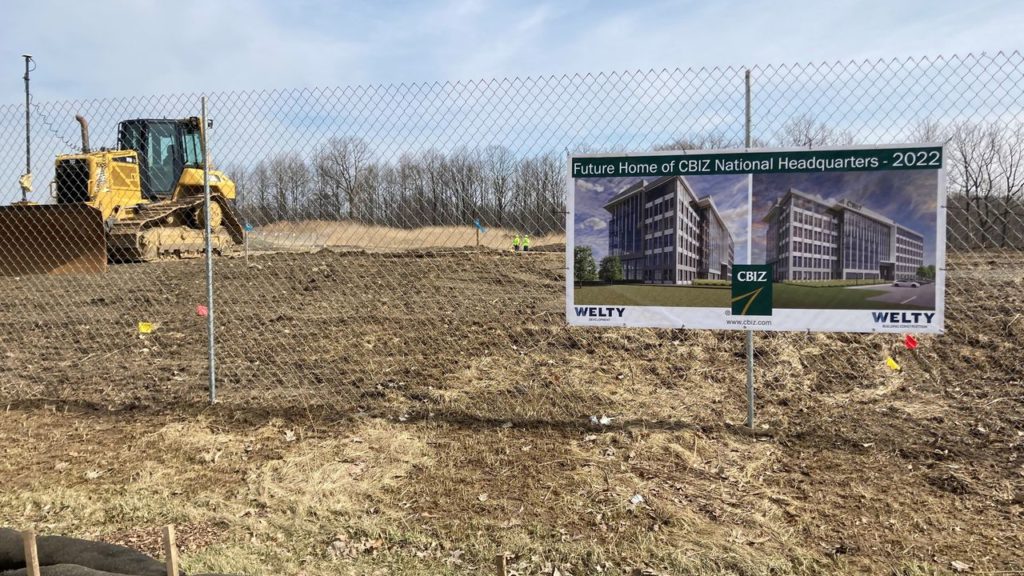But those decisions may end up affecting the Cleveland real estate market in a peculiar way – having more companies fill up suburban office space.
It was not much – 10,720 square feet out of more than 21 million – but compared to downtown Cleveland that was progress.
The vacancy rate downtown was 22.5%, compared to 16.1% in the suburbs, and that is even as more office space gets taken off the market in anticipation of turning the space into apartments.
Often, it is much easier for workers to walk from a free parking lot in front of a suburban building than paying $12 a day to park in a garage and having to walk a longer distance to get to a downtown office.
McClain said Logicalis, which used to have its offices at The Plain Dealer Building on Superior Avenue in Cleveland, also studied where its employees in the area lived to find a space that was close to as many of them as possible.
Others – even those making suburban to suburban moves – chose their new space for similarly convenient purposes.
But brokers and developers say there is a caveat to some of the interest in the suburbs.
“People are adjusting their space down, with some to accommodate work from home or remote workforce,” said Don Taylor, president and CEO of the Fairlawn-based construction and development firm Welty.
Jessica Hyser, economic development director for the city of Independence, said a demand for office space in that suburb remains but that the future is far from certain.
But that view may not be shared by everybody.
Andrew Batson, vice president and research director for JLL’s Cleveland office, said the discrepancies between the reports are likely because of differences as to when in the year certain transactions were recorded.
The material on this site may not be reproduced, distributed, transmitted, cached or otherwise used, except with the prior written permission of Advance Local.
